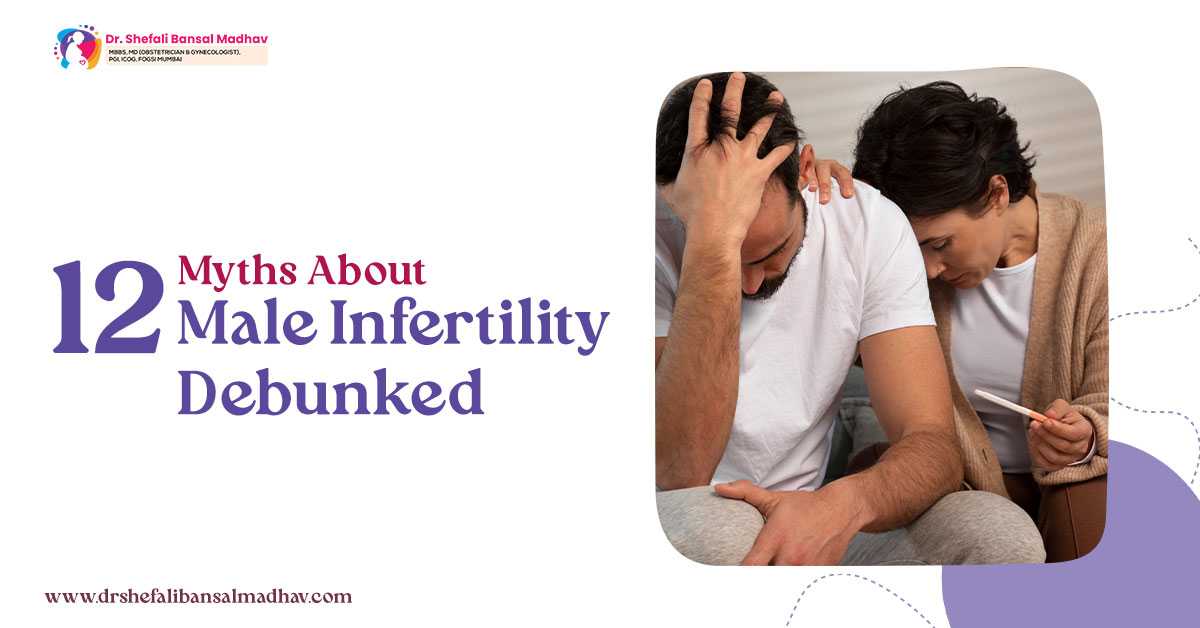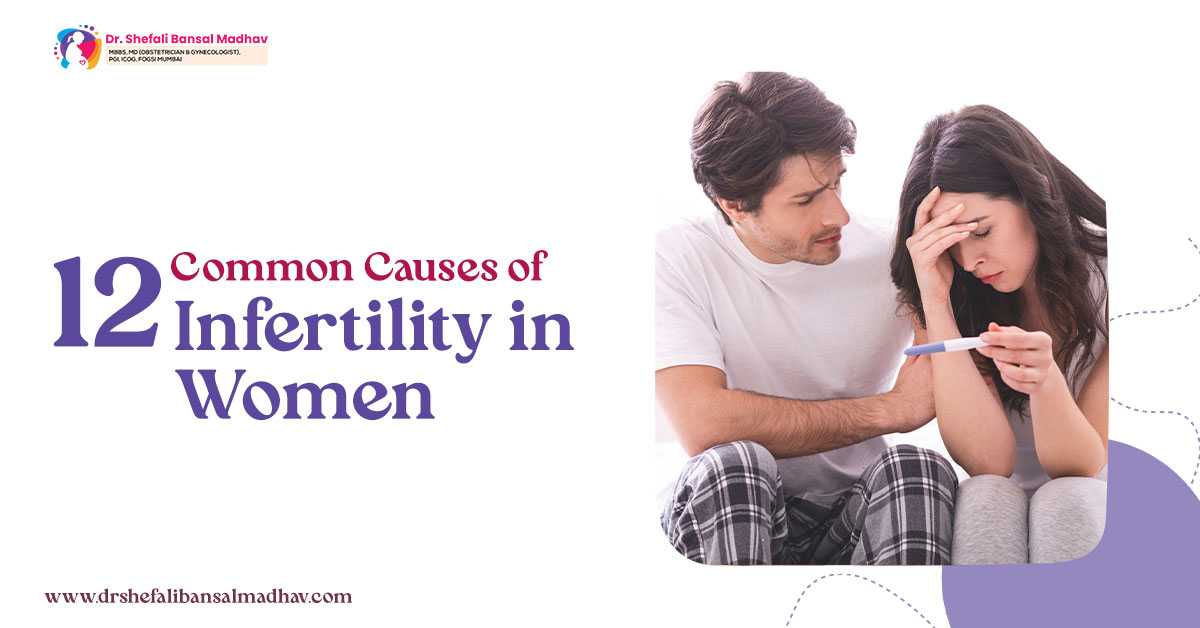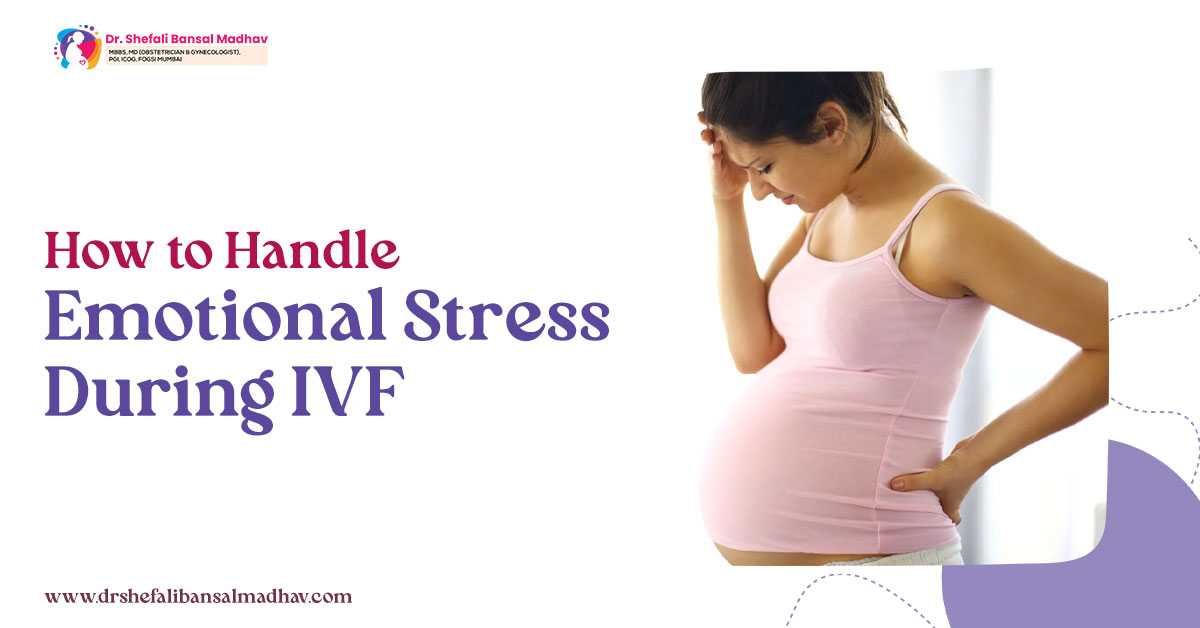In vitro fertilization or IVF is an effective assisted reproductive technology that can lead to a successful pregnancy. This method is mainly recommended to those couples who are facing difficulty conceiving a baby even after having unprotected sex for more than a year.
A full IVF cycle can take around 2-3 weeks, where in some cases various additional methods are also included that make the process lengthier. You can contact the best IVF specialist in Siliguri if you want to use IVF to conceive a baby. Not only infertile patients but couples with a history of genetic disorders can also avail of IVF.
Given below are some of the important steps included in an IVF cycle for a successful pregnancy.
Step 1: Ovarian Stimulation
The first step of the IVF cycle is to stimulate the ovaries with lab-made hormones to produce eggs. These medications help in producing multiple eggs since in most cases, few eggs don’t fertilize.
The main functions of this step are to delay ovulation, stimulate ovaries, help produce eggs, and prepare the uterus lining. It may take around 1-2 weeks to stimulate the ovaries and to figure out the best time to retrieve the eggs the doctor may recommend you blood tests or vaginal ultrasound.
Step 2: Egg and Sperm Retrieval
After the maturation of the eggs, they will be retrieved either from one or both ovaries. Before retrieving the eggs, you will be certain anesthetic medicines to reduce the pain. To find the follicles in the ovaries, an ultrasound device will be inserted in the vagina.
After the follicles are located, the egg will be collected with a thin needle and suction device. In this stage, your partner will also be directed to collect his semen sample through masturbation.
Step 3: Fertilization
The most essential method of the IVF cycle is fertilization, which is done either by Intracytoplasmic sperm injection (ICSI) or conventional insemination. ICSI is mainly used when the previous attempts of IVF have failed.
This process helps in inserting a healthy sperm into the egg through a thin needle. In certain situations, the doctor may also recommend additional methods in this stage such as preimplantation genetic testing and assisted hatching.
Step 4: Development of Embryo
After fertilization of the eggs with a healthy sperm, the embryos will be kept for 5-6 days for further development. This is also an essential phase because during this stage the embryologists select the most suitable embryo for transfer.
You must also consider the fact that only half of the embryos will reach the blastocyst stage, which is ideal for transfer to the uterus. The embryos that are healthy but will not be transferred can be frozen in this stage for future use.
Step 5: Embryo Transfer
The embryo transfer stage in an IVF cycle can be done with frozen as well as fresh embryos. To transfer the embryo, a catheter will be inserted through your vagina to the uterus and a syringe containing the embryo will be fixed at the end of the catheter. This will help to place the embryo in the uterus for successful implantation.
You can experience certain side effects after the entire procedure such as mild cramping, bloating, breast tenderness, and constipation. You must contact an experienced IVF specialist in Siliguri immediately if the symptoms don’t improve or you experience heavy bleeding and severe pain.





